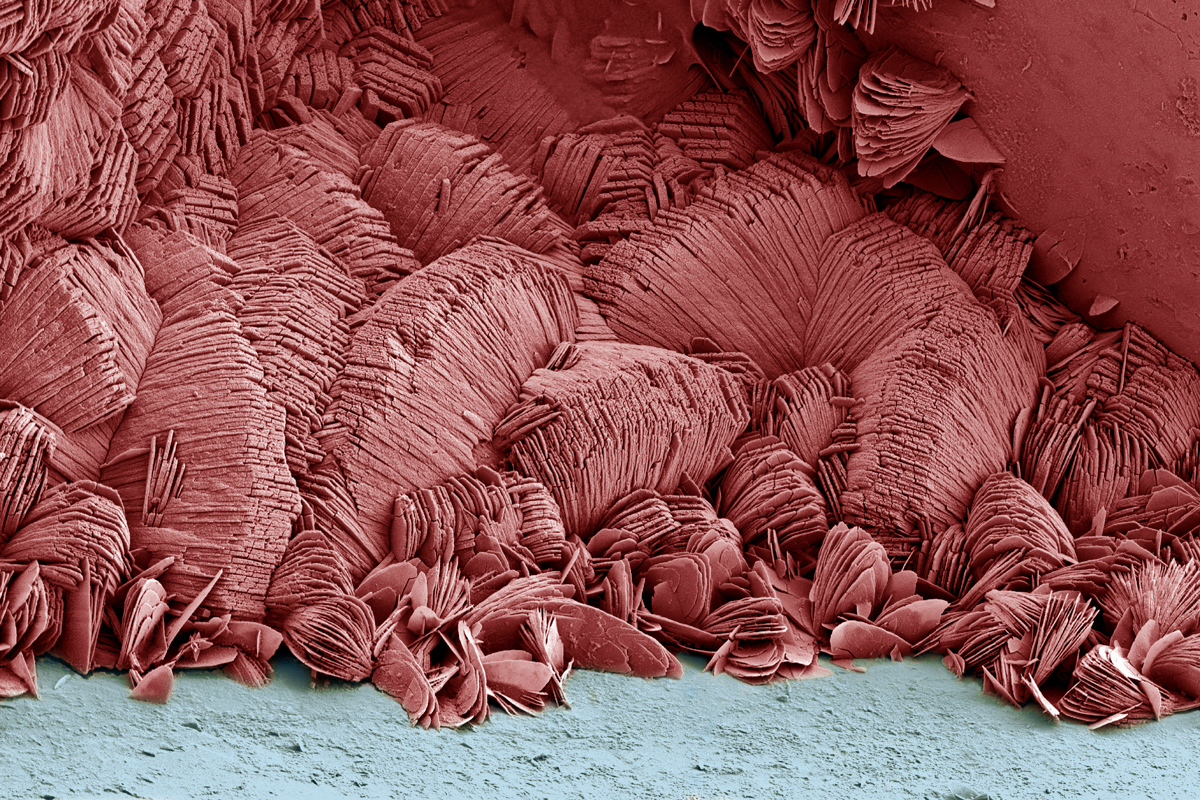The latest kidney stone treatments
Beyond having the clinical expertise of our providers, we also utilize state-of-the art capabilities for stone disease. The surgical techniques we perform include:
Standard Percutaneous Nephrolithotomy (PCNL)
This procedure relies on creating a percutaneous (through the skin) tract to gain access directly to the kidney and remove stones. This is primarily indicated for large kidney stones. We use ultrasound and x-ray intraoperative guidance. We also have the newest dual-energy, ultrasonic lithotripters for efficient stone removal. Our department is a high-volume center to perform this procedure.
Mini-Percutaneous Nephrolithotomy (mini PCNL)
This technique is similar to PCNL, however we use a smaller, miniaturized sheath for stone treatment. The advantage of this procedure is that there is a faster recovery, and often this is done as a same day procedure. We utilize the MOSES holmium laser for stone fragmentation (see below). We are a high-volume center performing this procedure.
Shockwave Lithotripsy (SWL)
This technique uses non-invasive energy to fragment the stones. We offer this as an outpatient procedure. We currently use the Storz Modulith SLX-F2 lithotriptor, utilizing an electromagnetic shockwave source for efficient treatment of urinary stones.
Ureteroscopy (URS)
We are a high-volume center performing flexible and semirigid ureterscopy for renal and ureteral stones. This is most often an outpatient procedure. We have developed an enhanced recovery after surgery (ERAS) pathway for improved patient outcomes. We use the newest digital ureteroscopes and we utilize the MOSES holmium laser for stone fragmentation (see below).
MOSES Laser Technology
This holmium laser technology is a pulse modulation technique to improve the efficiency of stone treatment and for treatment of the enlarged prostate (BPH). The Department of Urology is also the coordinating site for several studies using the holmium laser utilizing MOSES technology. Dr. Miller organizes the research protocol on the MOSES technology at multiple centers and completed work that compared the traditional Holmium Laser Enucleation of the Prostate (HoLEP) to MOSES Enucleation of the Prostate (MoLEP). The study found MoLEP provides for a perceived increase in tissue vaporization and hemostasis.

